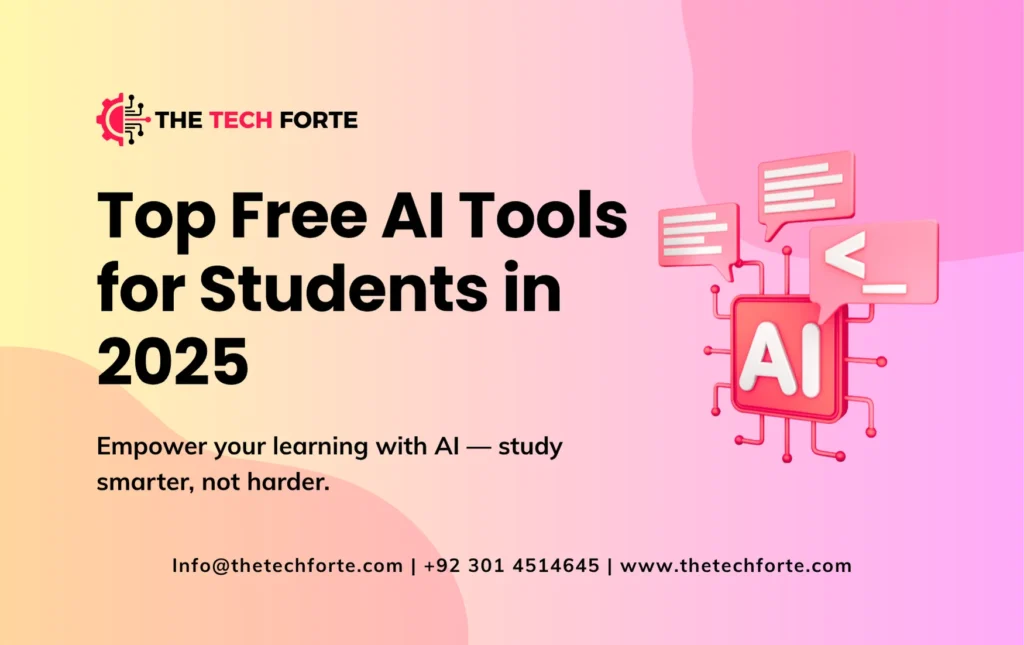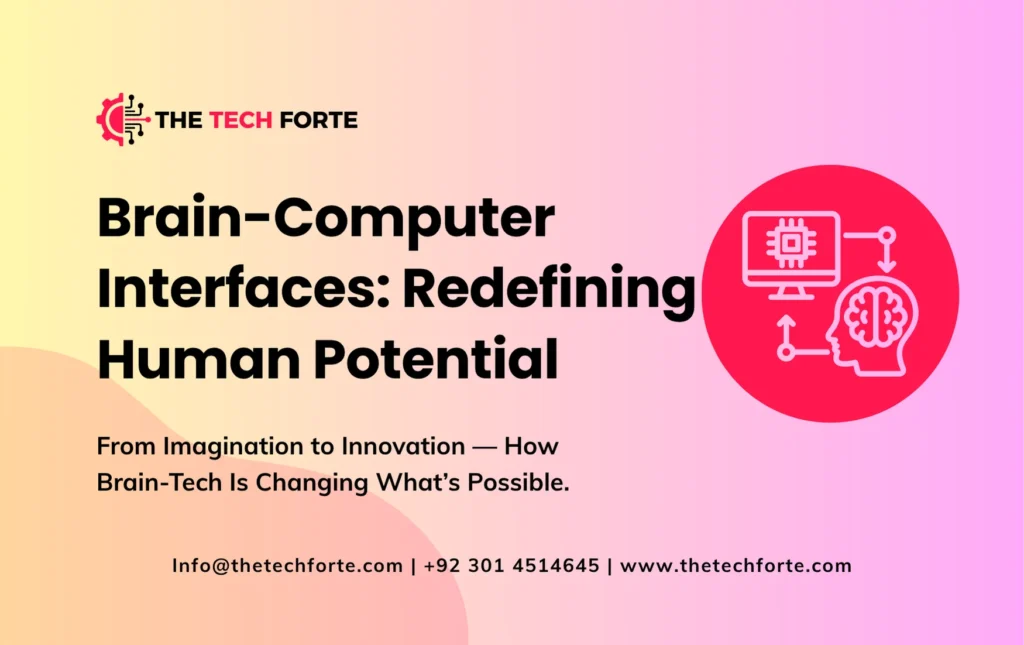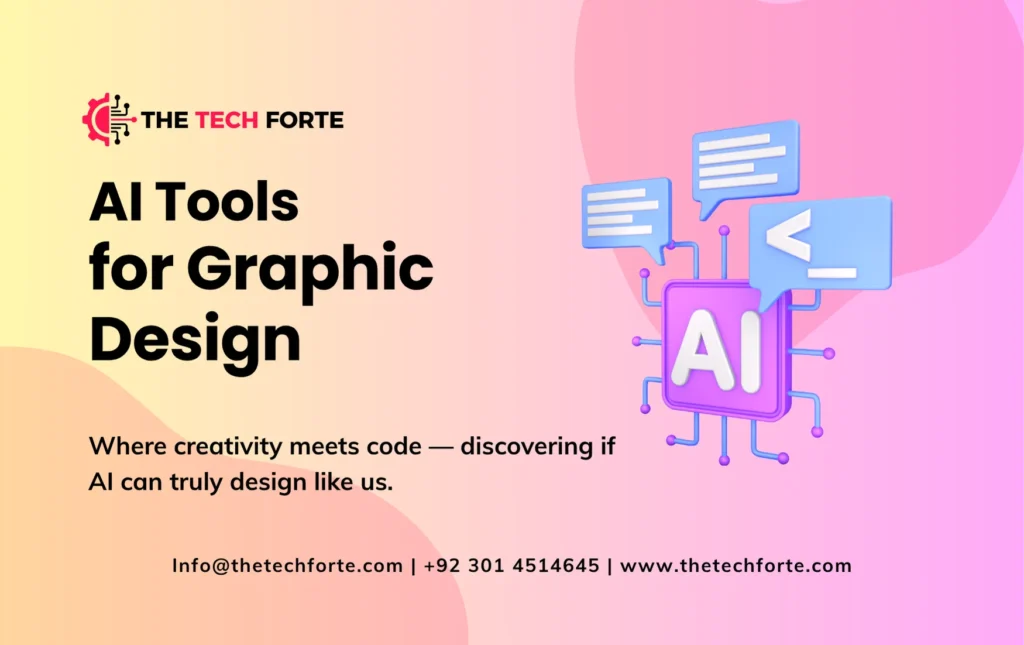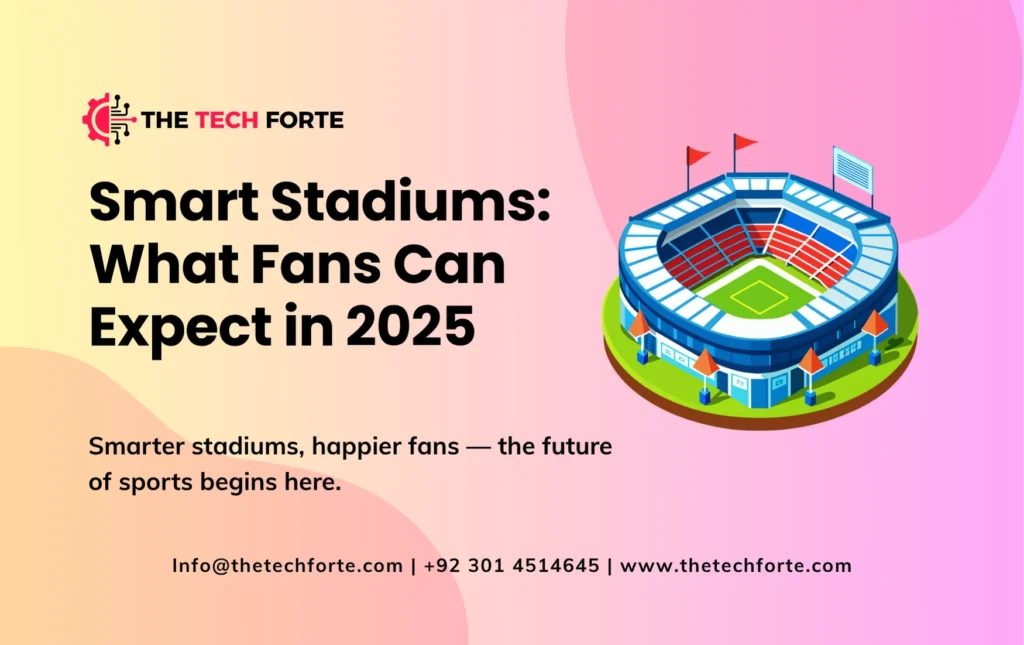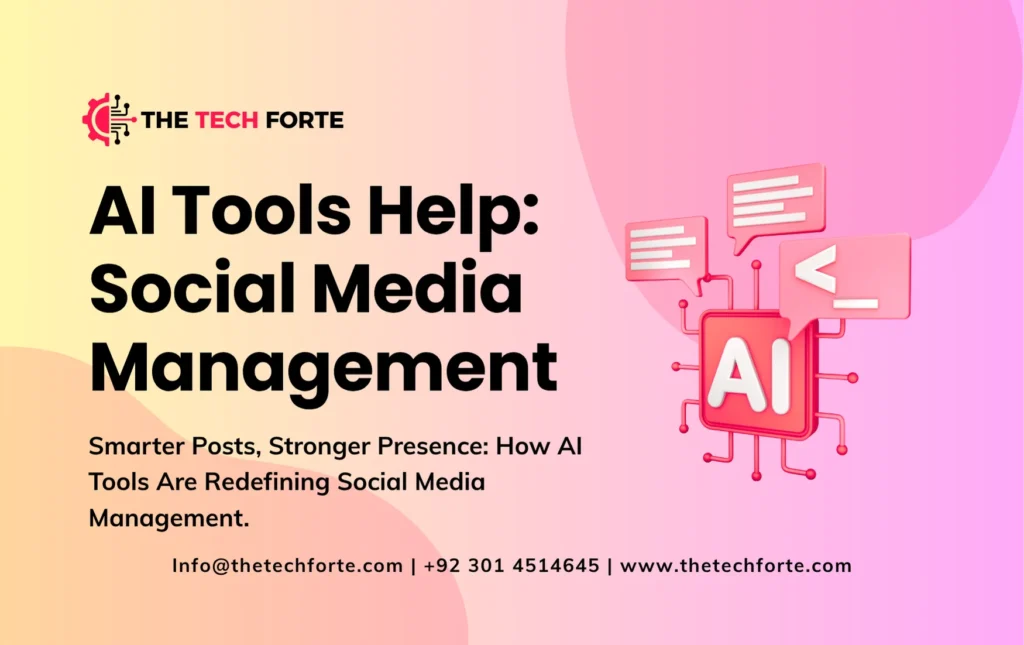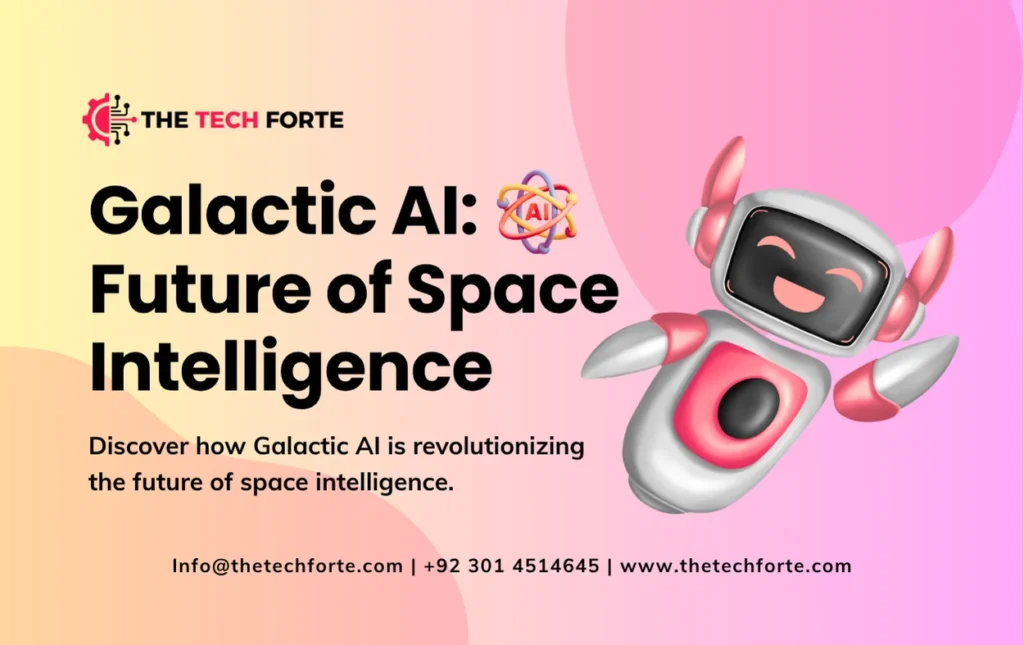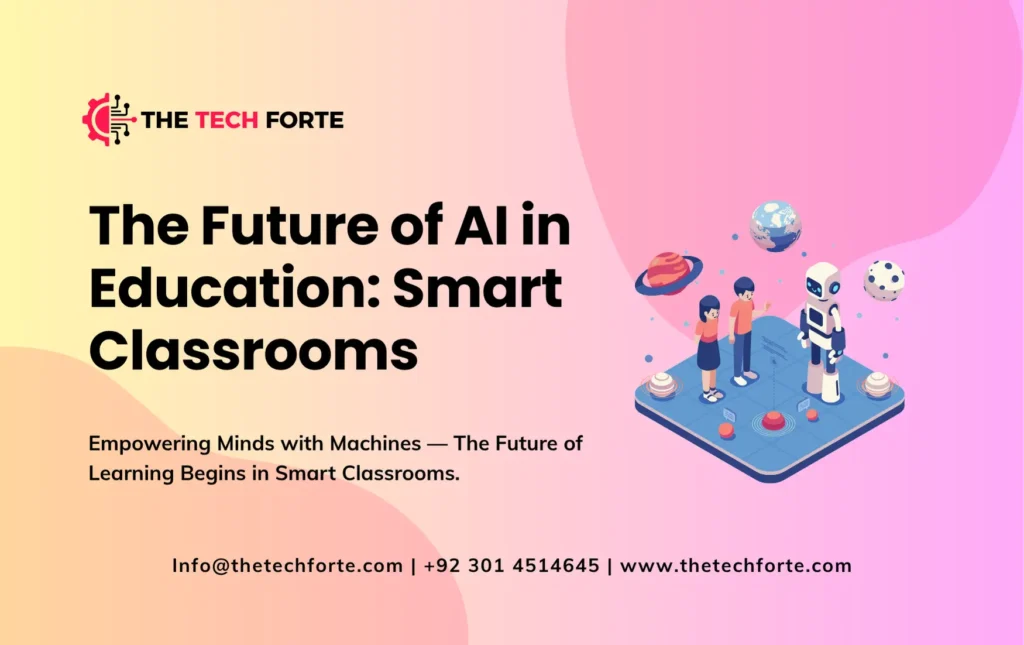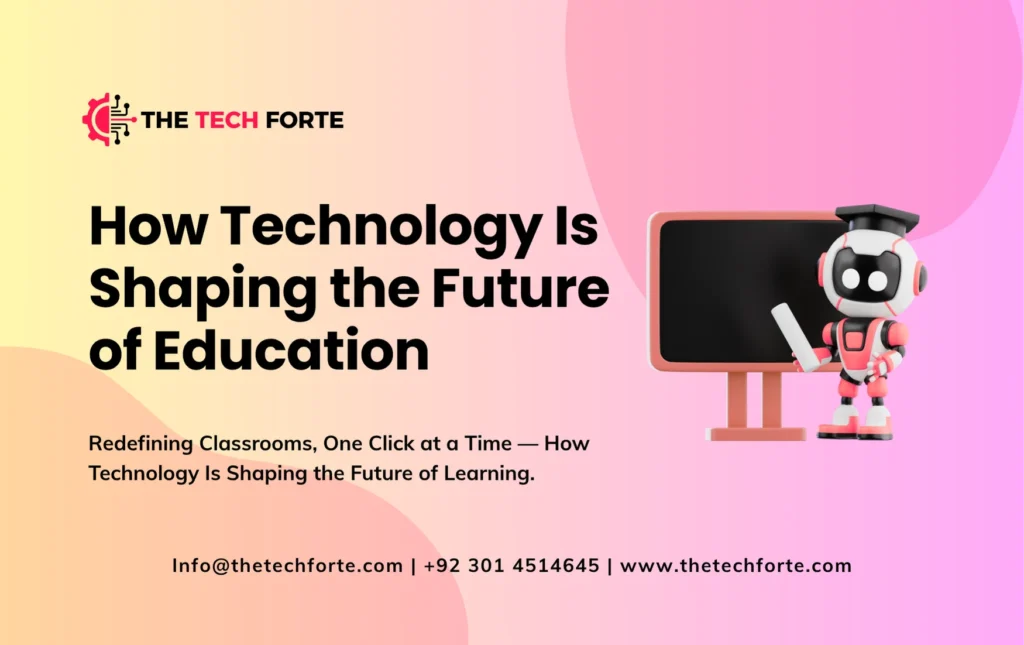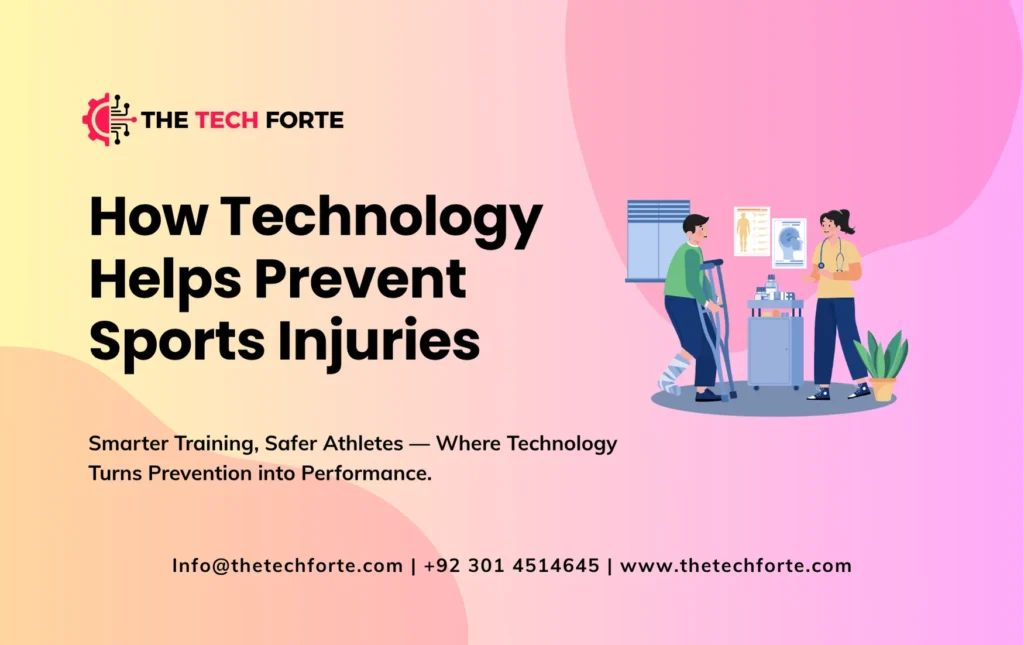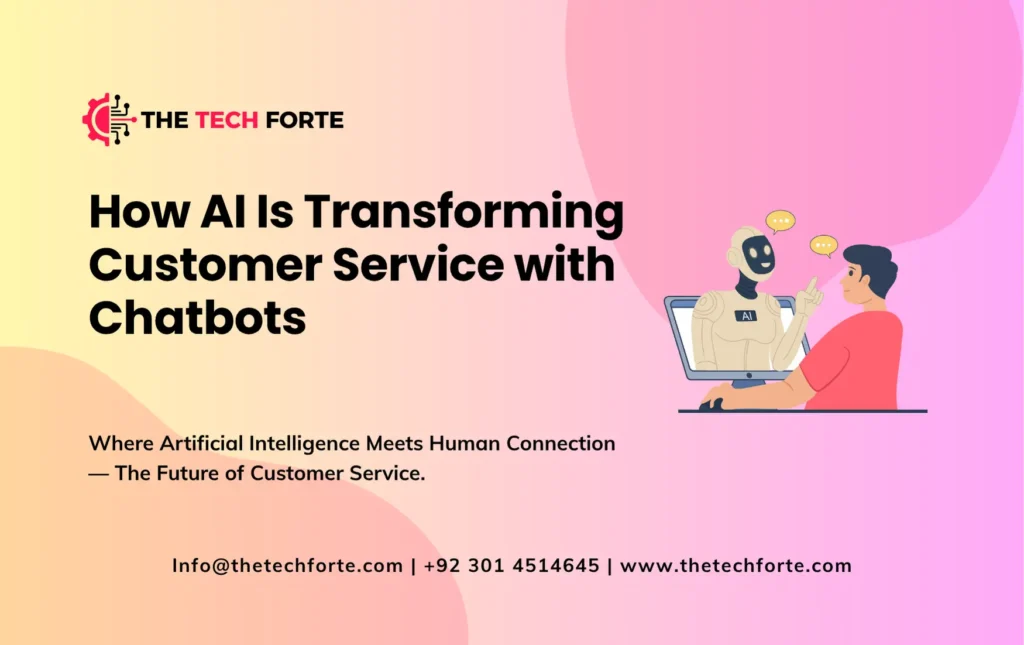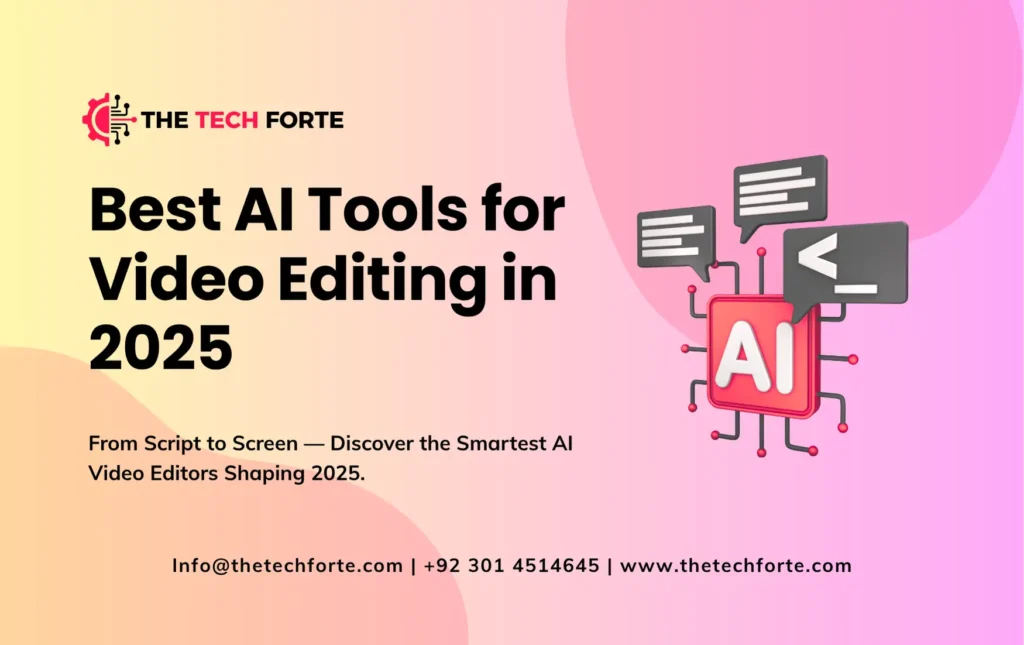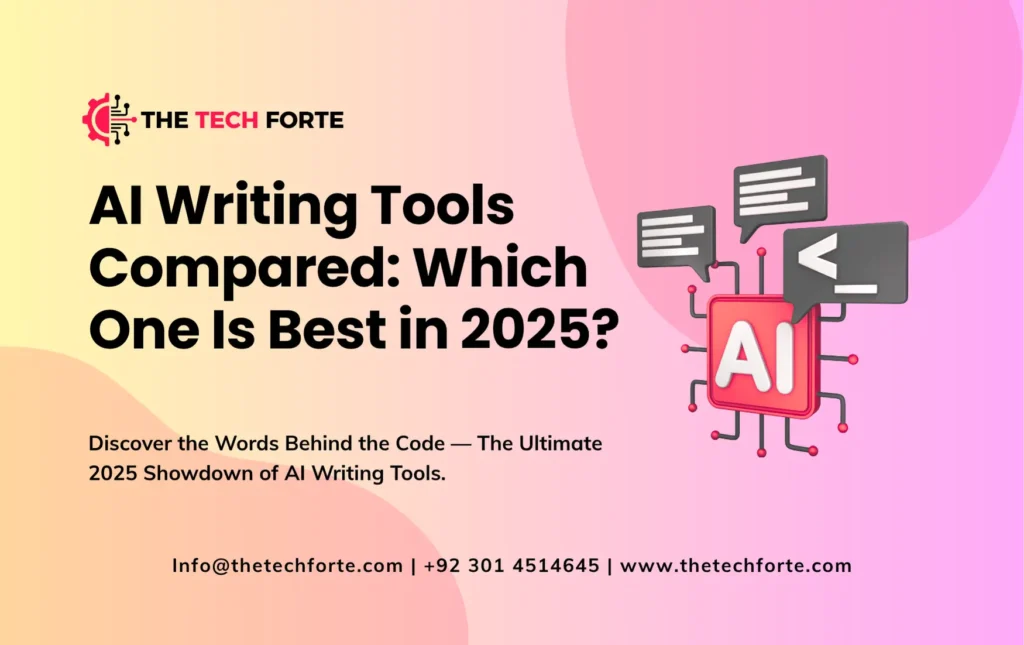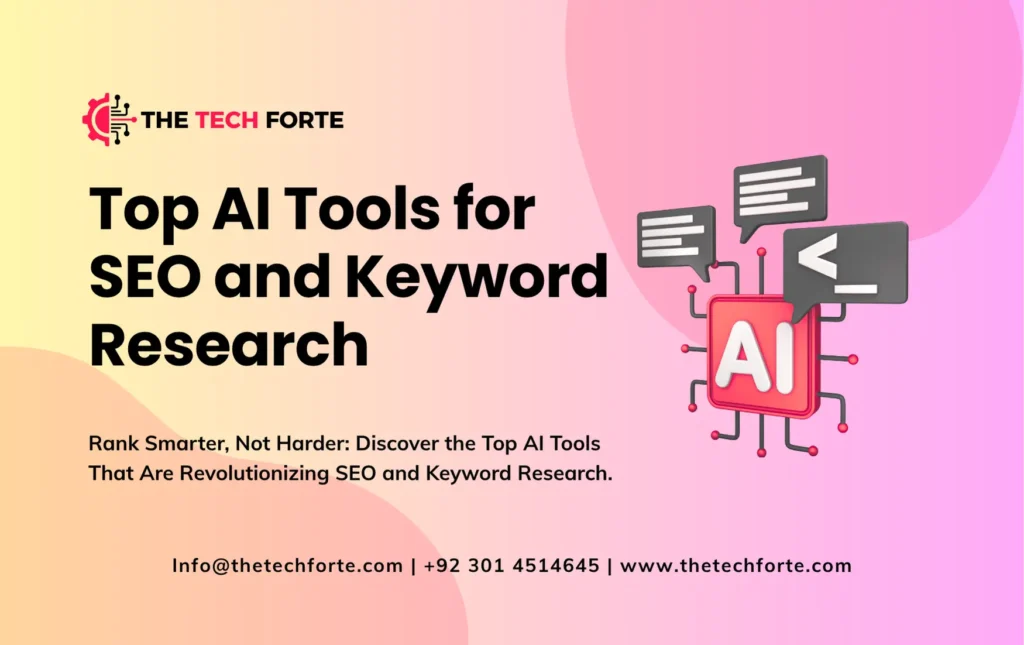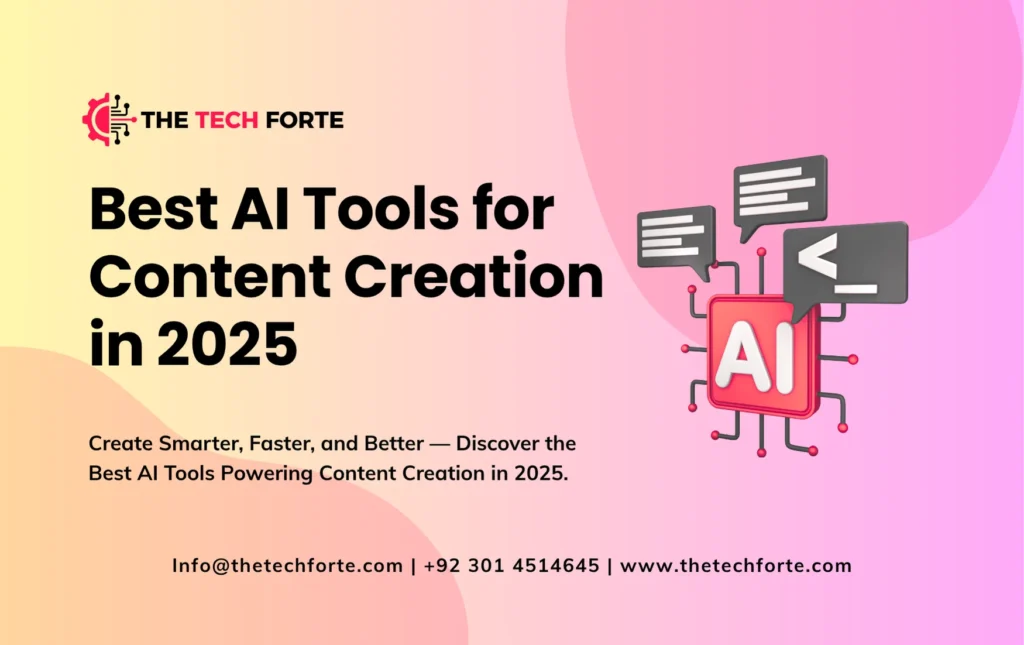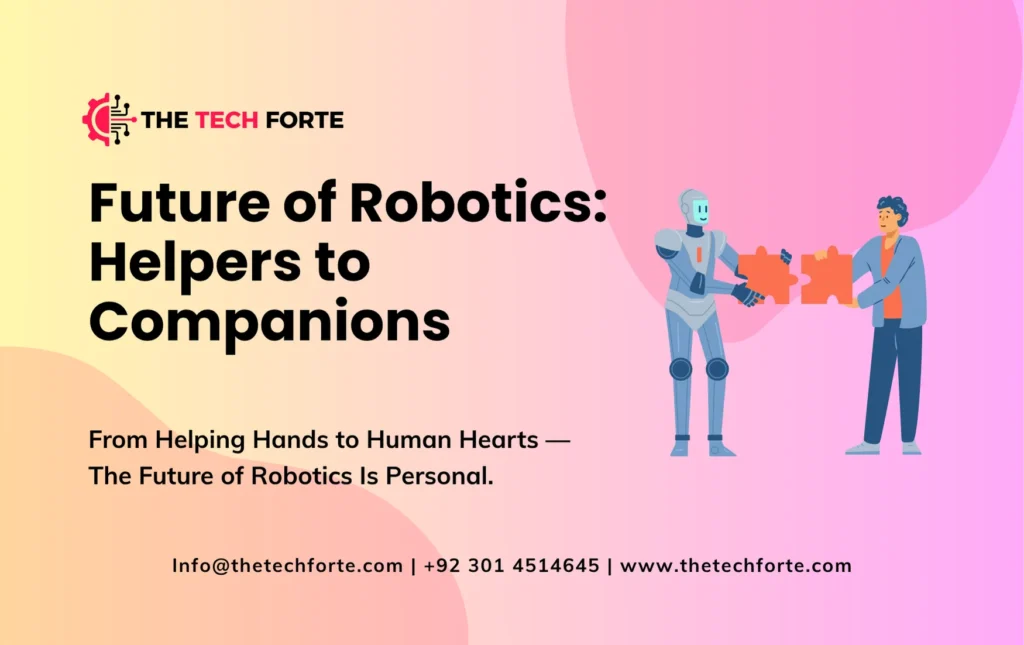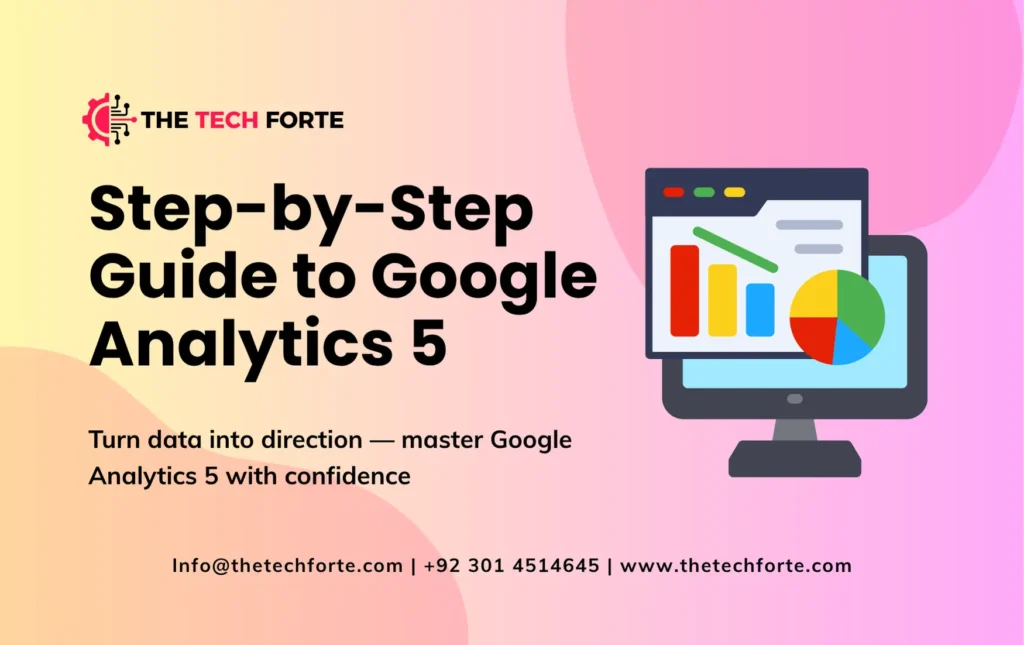The Future of AI in Education: Smart Classrooms

The world of education is undergoing a digital revolution, and at its core lies artificial intelligence (AI). From personalized lessons to intelligent tutoring systems, AI in education is redefining how students learn and teachers teach. The rise of smart classrooms—powered by automation, data analytics, and adaptive learning—marks the beginning of a new era where technology doesn’t replace educators but enhances their abilities.
This article explores the future of AI in education, focusing on how AI-powered learning and education technology in 2025 are transforming schools, universities, and online platforms into smarter, more efficient environments for everyone.
Read More: How Technology Is Shaping the Future of Education
Understanding AI in Education
Artificial intelligence in education refers to the use of advanced algorithms and data-driven systems to analyze learning patterns, automate tasks, and personalize education for each student. By combining machine learning in education and natural language processing, AI can understand how students learn best, predict performance outcomes, and even recommend tailored study materials.
Whether it’s grading assignments automatically or creating adaptive quizzes, AI is making classrooms more responsive and efficient. This digital evolution helps bridge the gap between traditional teaching methods and the modern needs of digital-age learners.
The Rise of Smart Classrooms
Smart classrooms are learning environments equipped with AI tools, sensors, and digital technologies that enhance the teaching and learning experience. These classrooms utilize AI-powered learning platforms, interactive whiteboards, and smart devices to make lessons more engaging, personalized, and accessible.
A smart classroom adapts to students’ needs in real-time. For instance, an AI-driven education platform can detect when a student struggles with a topic and instantly offer supplemental materials or visual explanations. Teachers, in turn, gain valuable data insights to adjust their teaching strategies effectively.
By 2025, smart classrooms are expected to become the standard across educational institutions worldwide, supported by the ongoing digital transformation in education.
The Future of AI in Education
The future of AI in education looks promising, with innovative tools reshaping how knowledge is delivered and absorbed. Technologies such as intelligent tutoring systems, adaptive learning systems, and AI-powered analytics are driving this change.
Imagine a classroom where every student learns at their own pace while AI systems track their progress, provide instant feedback, and even predict future learning challenges. Teachers will soon spend less time on repetitive administrative tasks and more time guiding students on creative and critical thinking.
AI’s potential extends beyond schools—universities and online platforms are also embracing AI in higher education to create data-informed curricula, automate grading, and enhance student engagement.
How AI is Changing the Future of Education
How AI is changing the future of education goes beyond convenience—it’s revolutionizing accessibility, inclusivity, and quality. AI ensures that learning is not “one size fits all” but personalized for every student’s strengths and weaknesses.
Students receive AI-powered learning paths that adapt dynamically based on their performance. For example, if a student excels in math but struggles with language comprehension, AI modifies the curriculum to focus on those weaker areas.
In addition, AI in online learning allows global access to quality education. Virtual classrooms powered by AI can automatically translate lectures, provide instant feedback, and facilitate peer-to-peer collaboration regardless of geography.
Read More: Top 10 AI Trends to Watch in 2025: The Future of Artificial Intelligence
AI Tools for Teachers
While many fear automation could replace educators, the truth is quite the opposite. AI tools for teachers are designed to assist, not replace. These tools streamline grading, track attendance, and analyze class performance.
For instance, AI-based grading software can assess essays and tests within minutes, giving teachers more time for personalized interaction. Intelligent scheduling tools optimize lesson plans, while AI-driven dashboards highlight which students need extra help.
With these innovations, teachers become mentors and facilitators, focusing on creativity, emotional intelligence, and problem-solving skills that machines can’t replicate.
Personalized Learning with AI
Perhaps the most impactful benefit of AI in education is personalized learning with AI. Traditional classrooms often move at a uniform pace, which can disadvantage students who learn differently. AI solves this by customizing lessons, pacing, and content for each individual.
Through adaptive learning systems, AI continuously evaluates student progress and adjusts the material accordingly. This not only improves academic results but also boosts confidence and motivation.
Moreover, AI teaching assistants provide one-on-one support through chatbots and virtual tutors, ensuring students receive help anytime, anywhere—an invaluable feature in today’s fast-paced, tech-driven world.
AI in Online Learning and Virtual Classrooms
The surge in remote education has made AI in online learning indispensable. Virtual classrooms powered by AI can simulate real classroom experiences while offering flexibility and accessibility.
AI-driven education platforms manage attendance, assignments, and assessments automatically. They can also analyze facial expressions to gauge student engagement or recommend peer discussions for better collaboration.
As part of future classroom technology, virtual reality (VR) and AI are merging to create smart learning environments where students can explore 3D simulations of scientific experiments or historical events from home.
This combination of AI and virtual classrooms ensures that learning remains interactive, inclusive, and immersive.
Benefits of AI in Education
The benefits of AI in education are vast and far-reaching, extending beyond automation:
- Personalized learning paths: AI tailors content based on student performance.
- Time-saving for teachers: Automates grading, attendance, and data analysis.
- Enhanced engagement: Interactive tools and visual learning keep students interested.
- Predictive analytics: Identifies struggling students early and provides targeted support.
- Global access: Breaks barriers for students in remote or underprivileged regions.
Ultimately, AI ensures that education becomes smarter, fairer, and more adaptive—a true step toward inclusive learning.
Role of AI in Modern Classrooms
In modern classrooms, AI acts as both an assistant and an analyst. It provides real-time insights into student behavior, performance, and learning progress. Teachers can use these insights to adapt lesson plans, ensuring that no student is left behind.
AI teaching assistants can answer routine questions, summarize lessons, and even provide personalized study recommendations. Meanwhile, smart boards and IoT devices enhance interactivity, making learning both fun and effective.
This synergy between human educators and AI-driven tools forms the backbone of AI-powered smart classrooms, where collaboration between humans and technology fuels continuous improvement.
AI in Higher Education
Universities and colleges are rapidly integrating AI in higher education to modernize learning and administration. AI helps in course selection, plagiarism detection, predictive analysis for dropout rates, and even virtual counseling.
For research, AI algorithms process large data sets, assist in hypothesis testing, and identify emerging trends in academia. Additionally, AI-powered learning management systems (LMS) optimize coursework for both in-person and remote learners.
These advancements mark a significant step toward the digital transformation in education, making higher education more efficient, insightful, and accessible to all.
Intelligent Tutoring Systems
Intelligent tutoring systems (ITS) are a prime example of how AI personalizes education. These systems mimic the role of human tutors, providing tailored feedback, explanations, and interactive learning activities.
ITS uses machine learning in education to track student progress, analyze performance data, and deliver lessons that fit individual needs. For example, an ITS might slow down for students struggling with algebra while challenging advanced learners with more complex problems.
By offering 24/7 support, ITS ensures continuous learning beyond traditional classroom boundaries, embodying the essence of AI-driven education platforms.
Automation in Education
Automation in education is revolutionizing how schools operate. Administrative tasks—such as attendance tracking, performance reporting, and timetable creation—are now managed by AI systems.
This not only saves time but also reduces errors and improves efficiency. For students, automation provides seamless access to learning materials and instant grading. For educators, it simplifies communication and evaluation processes.
When combined with AI-powered analytics, automation transforms schools into smart learning environments, where every process is optimized for better outcomes.
How AI Helps Teachers and Students
When we explore how AI helps teachers and students, the advantages are evident on both sides. Teachers save time and gain insights into each learner’s progress, while students receive a more customized and supportive educational experience.
AI-based chatbots answer queries instantly, helping students stay on track even after class hours. At the same time, teachers can focus on human-centric tasks—creativity, mentorship, and emotional development—leaving repetitive tasks to machines.
This collaboration ensures that technology complements humanity, not competes with it.
Future Trends of AI in Smart Classrooms
The future trends of AI in smart classrooms are rapidly evolving. We can expect to see:
- AI integration with Augmented and Virtual Reality (AR/VR): for immersive learning.
- Predictive analytics: identifying future learning challenges.
- Voice recognition and natural language tools: improving interaction in classrooms.
- Emotion AI: detecting student engagement through facial recognition.
- Blockchain-powered education systems: ensuring transparency in student records.
As education technology 2025 unfolds, the fusion of AI and emerging technologies will shape future classroom technology that’s adaptive, intuitive, and human-centered.
Conclusion: The Future of Learning Is Intelligent
The future of AI in education is not about replacing teachers but enhancing their impact. Through smart classrooms, AI-powered learning, and adaptive education systems, schools are evolving into intelligent ecosystems that prioritize creativity, inclusion, and data-driven growth.
As AI-driven education platforms continue to expand, students everywhere will benefit from personalized, engaging, and accessible learning experiences. The future classroom is already here—and it’s smarter than ever.


